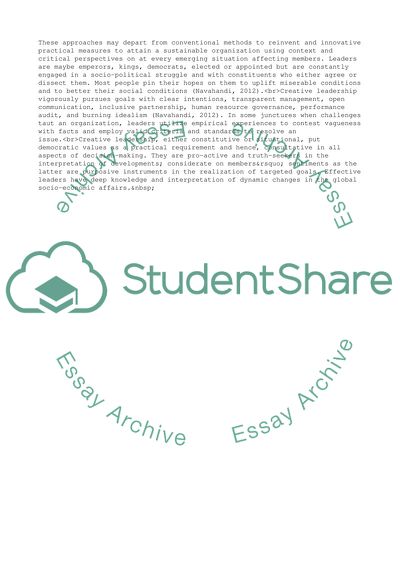Cite this document
(The Art and Science of Leadership Term Paper Example | Topics and Well Written Essays - 2500 words, n.d.)
The Art and Science of Leadership Term Paper Example | Topics and Well Written Essays - 2500 words. Retrieved from https://studentshare.org/management/1771410-the-art-and-science-of-leadership
The Art and Science of Leadership Term Paper Example | Topics and Well Written Essays - 2500 words. Retrieved from https://studentshare.org/management/1771410-the-art-and-science-of-leadership
(The Art and Science of Leadership Term Paper Example | Topics and Well Written Essays - 2500 Words)
The Art and Science of Leadership Term Paper Example | Topics and Well Written Essays - 2500 Words. https://studentshare.org/management/1771410-the-art-and-science-of-leadership.
The Art and Science of Leadership Term Paper Example | Topics and Well Written Essays - 2500 Words. https://studentshare.org/management/1771410-the-art-and-science-of-leadership.
“The Art and Science of Leadership Term Paper Example | Topics and Well Written Essays - 2500 Words”, n.d. https://studentshare.org/management/1771410-the-art-and-science-of-leadership.


